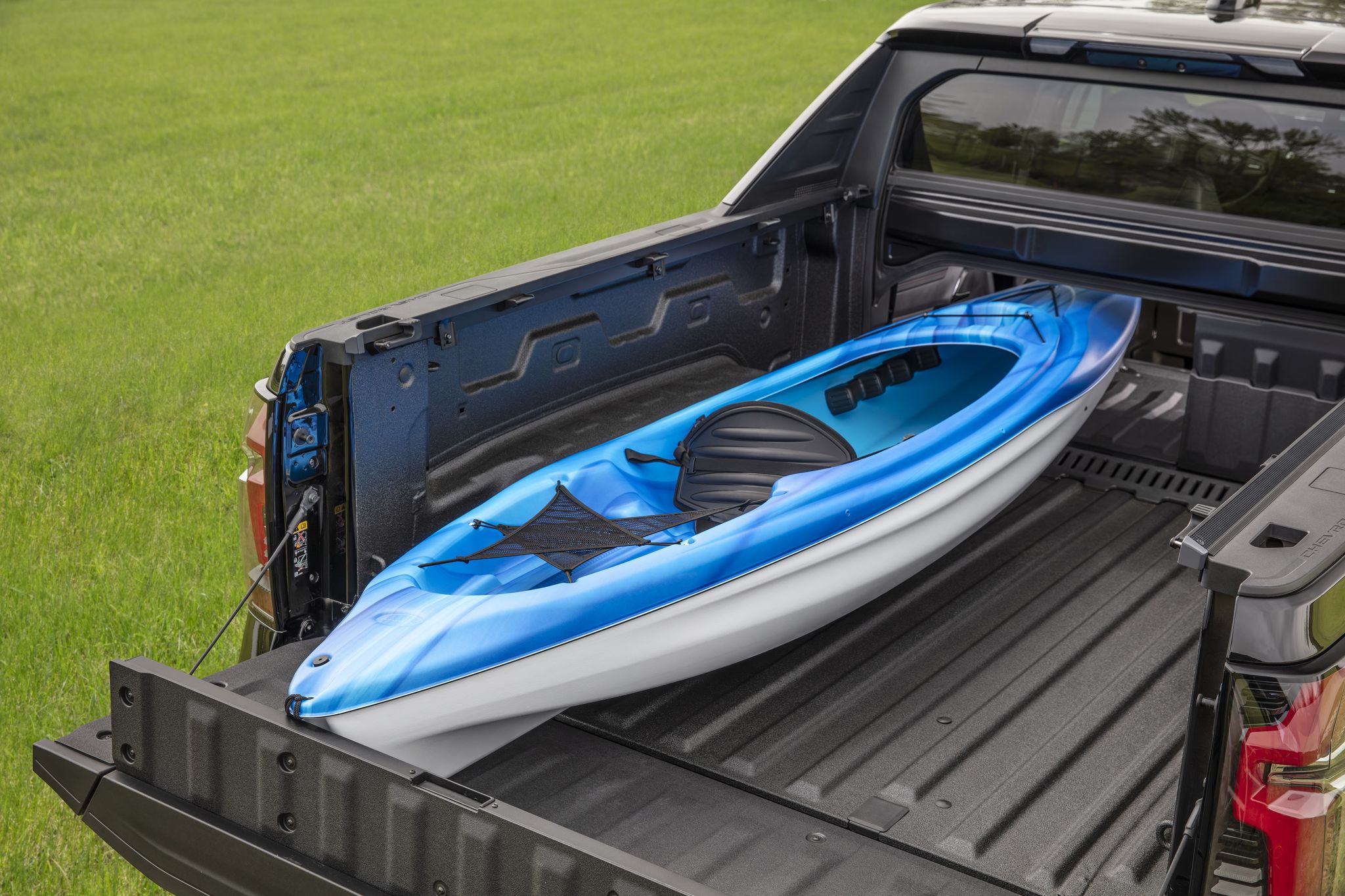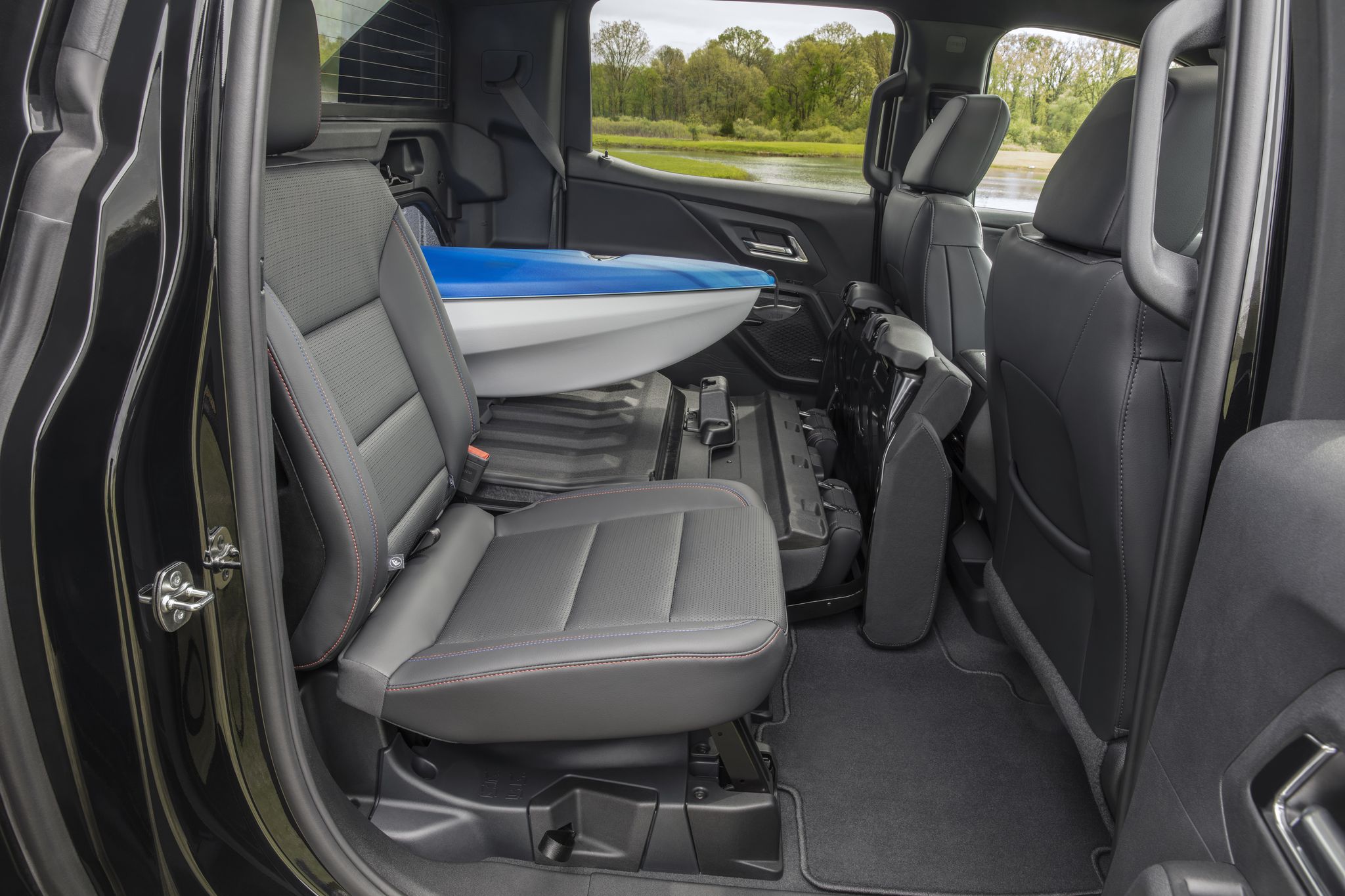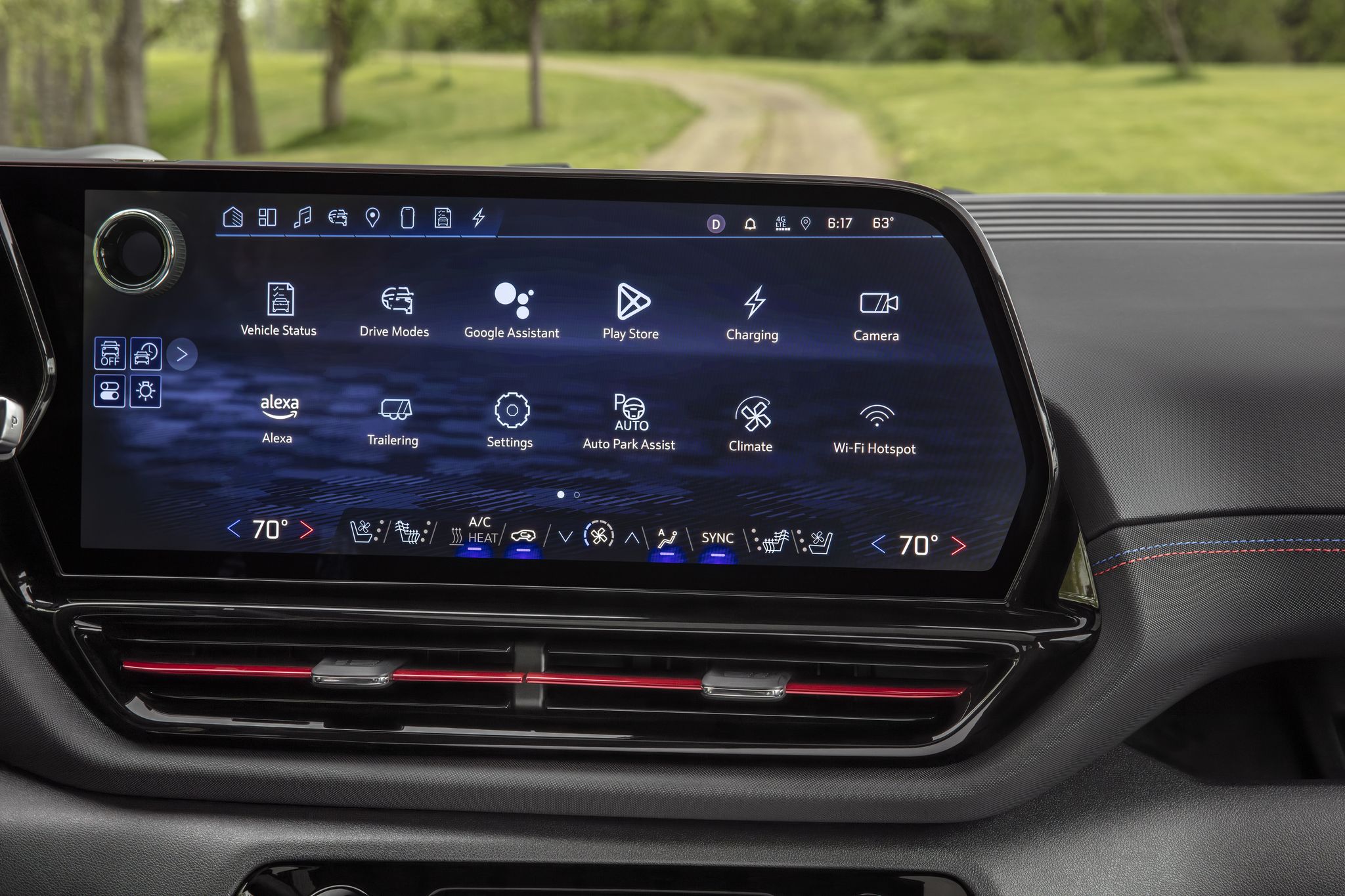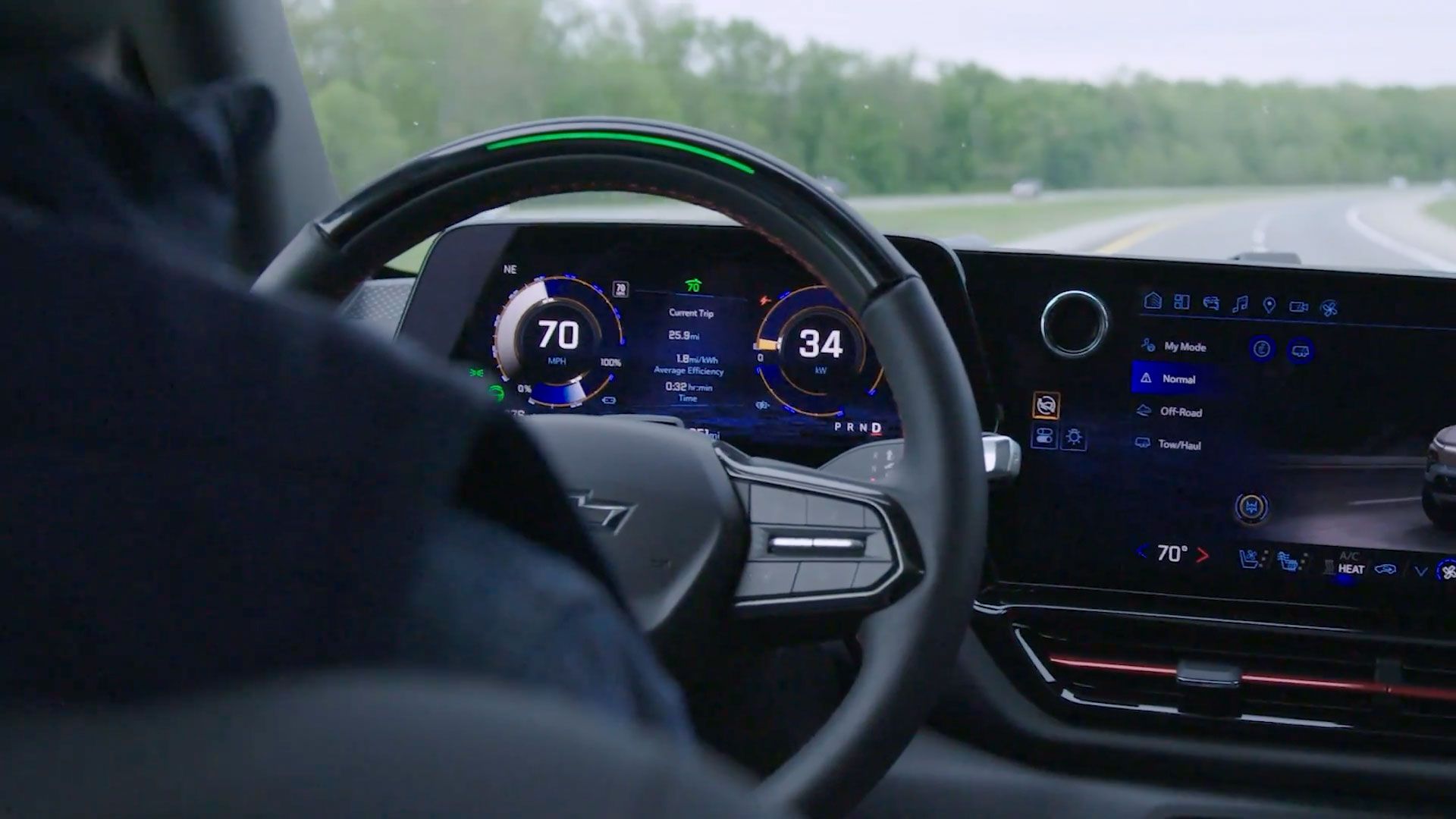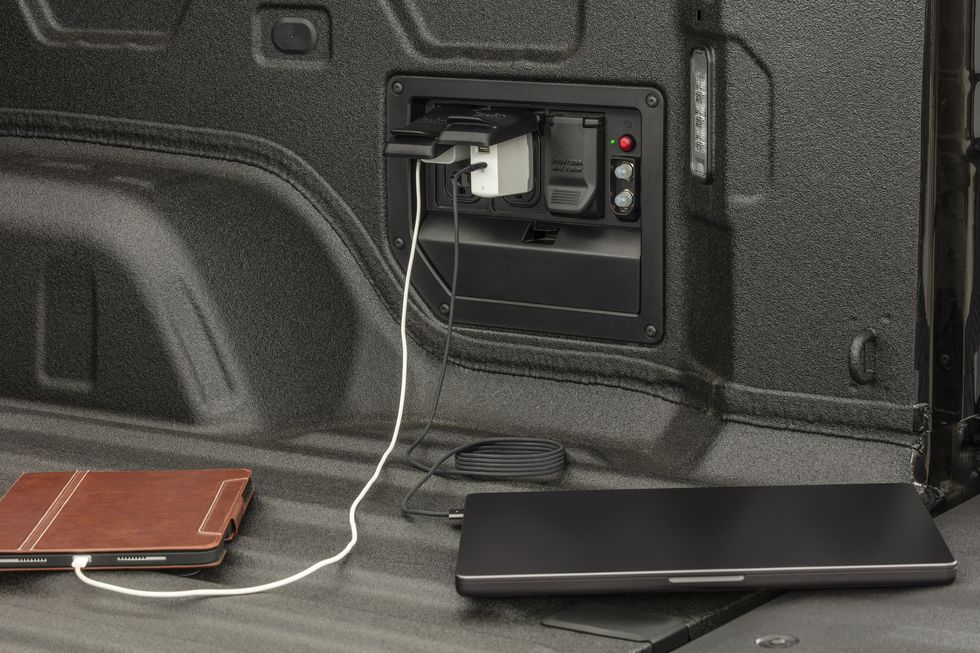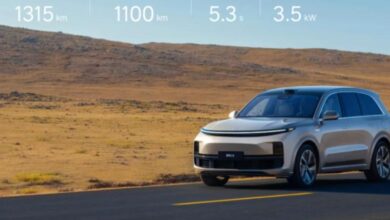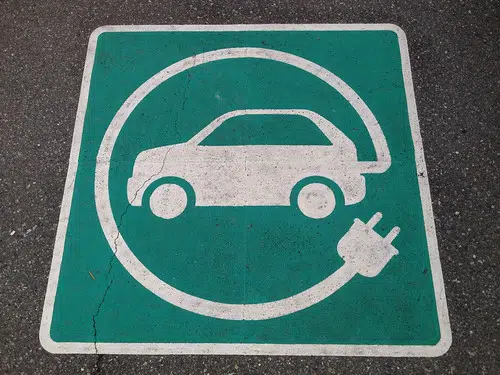The Chevrolet Silverado EV RST Is the New Electric Pickup Leader
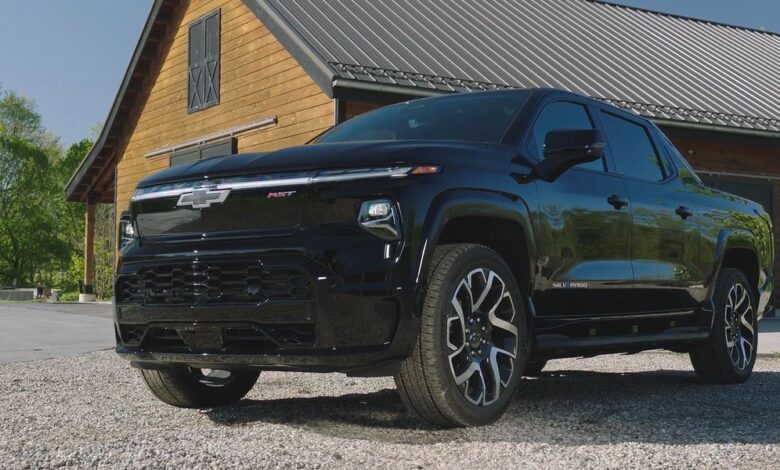
If history has taught us anything it’s that when General Motors shows up early to a party, things rarely work out. Be it turbocharging, passenger-car diesels, cylinder deactivation, touchscreens, electric cars, even plug-in hybrids, GM’s track record with cutting-edge technology is rife with examples that didn’t prove viable until much later. So if the Chevrolet Silverado EV is a little late to the electric truck festivities, maybe that’s a good thing. By letting other automakers test the waters, Chevy doesn’t need to validate a new idea, it just needs to beat on what’s currently out there. And with class-leading range and some unique features that appeal to all manner of truck buyers, the Silverado EV improves on the current field and might even convert some EV skeptics.
Depending on how you count it, Chevy is either third or fourth to market in the current class of electric pickups. The Silverado EV WT, a fleet-only model, started shipping in September of 2023, narrowly beating the Tesla Cybertruck to production. The Silverado EV RST First Edition seen here just started shipping to customers, not far behind the Tesla but more than two years behind the Rivian R1T and Ford Ford F-150 Lightning. (Sorry, Lordstown fans, we’re not including the Endurance in our timeline.) Other LT, RST, and WT trims will be available in the second half of this year, followed by an off-road Trail Boss model in 2025.
Range, Charging, and Hauling
Of course, the pickup truck market is more of a knife fight than a party in terms of bragging rights, and with 440 miles of estimated range the Silverado EV RST showed up with the biggest knife, albeit not a gun. It has 30 more miles of range than the longest-range Rivian and it tops the Cybertruck Cyberbeast and extended-range Lightning by 120 miles. The Silverado RST uses the same 24-module Ultium battery cells as the GMC Hummer EV pickup, but a more slippery shapes stretches the usable 205 kilowatt-hours of capacity across a greater distance. With the trip computer showing anywhere between 1.9 and 2.3 miles/kWh during our test drive, including highway speeds, Chevy’s official estimate is plausible. With a gross vehicle weight rating (GVWR) of 10,500 pounds the RST is exempt from an EPA estimate, but Chevrolet says the number is based on the standard test cycle.
A good 400-plus miles of range also seems like the kind of distance that could sway the EV-reluctant, long enough for a lengthy non-stop weekend trip provided there is Level 2 charging at your destination. The on-board charger can accommodate AC power as high as 19.2 kW, enough to fully charge the truck overnight. Plug into a 240-volt outlet with the included portable charge cable rated for 7.7 kW will take more than twice as long. If you need a faster top off, the Silverado EV can pull juice from a DC fast charging station at up to 350 kW. Curious to verify this, we stopped by an Ultium-branded EVgo station on our test drive in Metro Detroit, only to be stymied by a Chevrolet Bolt EUV using station’s other charge cord that limited our power to half of the max. Even so, running steady at around 172 kW for 15 minutes gave us 44 kWh, or about 90 miles of range.
Without spending this entire review covering specs, the Silverado EV’s maximum towing capacity of 10,000 pounds compares well against any light-duty truck, EV and internal-combustion included. A 1500-pound payload rating is around 500 less than the best you can do in a gas-powered Silverado, but only 20 behind the lowest (a ZR2 Crew Cab). In either case that’s total payload, including the driver and passengers, but Chevy engineers confirmed that the Silverado EV can carry all of its cargo weight in the bed. That is, there’s no weaselly disclaimer that some of the tonnage needs to go in the 10 cubic foot frunk.
Using that capability for doing truck stuff in the Silverado EV will lower the driving range by half or more. Chevy had a Forza X1 F-22 boat (keeping in theme with an electric outboard motor) on hand for towing demonstrations, which the Silverado handled with ease. On a short, 55-mph two-lane loop the 6000 pounds connected to the trailer hitch dropped the efficiency to 0.9 miles/kWh.
All the Horsepower, Some of the Time
Unladen, the Silverado EV RST is good for a claimed 0-60 mph time of under 4.5 seconds. That’s in Wide Open Watts mode, which makes the full 754 horsepower and 785 pound-feet of torque available. WOW can be accessed from any of the Silverado EV’s drive modes by hitting the mirrored lightning bolt logo on the center touchscreen, which also comes with a mildy-annoying artificial noise that falls somewhere between flying saucer and electrical transformer hum. Mash the accelerator from a stop and the Silverado leaps off the line, wriggling to the left and right. The GM engineers that spoke to Road & Track referred to this phenomenon as “traction steer.” Essentially, under hard acceleration the truck’s weight shifts enough to induce torque steer in the front wheels, but the powertrain is calibrated to keep this to a manageable level. We’ll call it good enough.
You’re unlikely to get that wiggle outside of WOW mode, though, because the RST makes less power in normal driving. How much less power, Chevy won’t say, but based on the kW readouts shown in the dashboard it’s still a good but more than the 510 hp rating for the WT models. Borrowing a term from Rolls-Royce, “adequate” is a suitable descriptor for the Silverado EV’s thrust, especially considering the 8953-pound curb weight.
Driving Impressions
That weight, if concerning in terms of physics, is masked well from behind the wheel. The ride is on par with an ICE Silverado, perhaps with slightly better manners from the short-long arm multilink rear suspension on the EV. Some of that comes from the RST’s standard air springs and electronically adjustable dampers. The air suspension also allows the truck to raise and lower 2 inches up and down, or a total span of 4 inches.
The Silverado EV is no slouch in the braking department either, thanks to 17-inch front discs borrowed from the 3500 version of the Silverado HD. Regenerative braking helps, of course, whether used via the brake pedal, one of two one-pedal driving settings, or a steering-wheel paddle. That latter choice works progressively so a harder squeeze increases the drag, and it’s easy enough to modulate that we preferred using that to the one-pedal mode (and it’s likely more efficient as well).
In addition to the regenerative settings, the Silverado EV has four drive modes: Normal, Tow/Haul, Off-Road, and My Mode. The latter is customizable, with settings for the suspension, power delivery, simulated sound (including off), and steering response.
Set the steering response to sport, and it not only changes the load curve for the power assist, but also tweaks the four-wheel steering to sharpen the RST’s reflexives. Motors at each rear wheel provide up to 7.5 total degrees of inward and outward toe, and the wheels move in or out of phase with the front wheels based on speed. At slow speeds the rear move opposite and contribute to a 42-foot, 2-inch turning radius. At high speeds they move in the same direction as the fronts for greater stability. On a portion of the Car and Driver 10Best loop, the Silverado took sweeping curves well, the grip giving up into predictable, gentle oversteer.
Interior, Exterior, and Interior/Exterior Space
The big battery pack comes with one other major compromise in the form of a rear seat that’s lower than in conventional trucks. Blame some combination of a higher floor due to the lithium-ion cells or a desire to preserve headroom. Sitting with your knees up high is at least mitigated by more-than-ample leg room, even with the front seats placed well aft. Chevy says that the cabin is stretched further forward than in the ICE Silverado, a perk of the dedicated EV platform. Cabin length also contributes to the total cargo length with the Midgate folded down, stretching the 5’, 11” bed to just over 9’ with the tailgate up or 10’, 11” with the tailgate down.
For those unfamiliar with the Midgate, the Silverado EV brings back the folding rear wall that stretches the pickup bed into the cabin, last seen on the Chevrolet Avalanche (and let’s not forget the sibling Cadillac Escalade ESV). Think of it as the ability to add a three-season porch to your truck as needed. As before, the rear glass can be removed and stowed in the fold-down panel or left in place while the bottom half of the rear bulkhead folds down. This time around it’s called the Multi-Flex Midgate and can perform a 60/40 split where the larger half folds and the smaller half retains a single rear seat position.
As with other Silverado models, the EV RST features the Multi-Flex tailgate (and yes, all this talk of flex is indeed a flex) which flips and flops several ways including down to a built-in step.
Infotainment and Technology
Famously, the Silverado is among the batch of next-generation GM vehicles that is inflexible when it comes to Apple CarPlay and Android Auto. Instead, the infotainment system uses Android Automotive with navigation, voice assistance, and an app store all running on Google’s OS. The 17.1-inch center screen is crisp and responsive to touch inputs, and the virtual buttons are large. There’s also a redundant volume knob and climate control switches. With only a few hours behind the wheel we didn’t get too far into the system and didn’t run into any major issues, but did notice that putting trip info into the 11-inch instrument cluster display requires working menus on the center screen.
Any screen is still a distraction from driving, which is why SuperCruise offers some degree of a safety net from our primitive addiction to shiny things and dopamine. It comes standard on the Silverado EV RST First Edition we tested. The latest version of the hands-off, eyes-on driver assistance even works with a trailer attached, as seen on other Chevrolet and GMC trucks and SUVs. GM’s map of SuperCruise-ready road has now expanded off of highways and onto two-lane roads, where the system prompts the driver to take the wheel to pass through stop-light intersections and roundabouts before resume control. In the EV RST, Supercruise gentle rocked the wheel back and forth as it continually centered in the lane, which was oddly reassuring in that it showed it was doing some work.
Power to Share
Being an EV truck with a massive battery also means the Silverado EV can share some of that power at rates up to 10.2 kW. The bed features a pair of 120-volt, 20-amp plugs and a single 240-volt, 30-amp plug, complemented by more in the cabin and one in the frunk. Optional power strips that connect to the charging port offer four more 120-volt plugs or another 3-plug combo. Or you can connect the Silverado to another EV and charge it. Shell out between $5600 and $7299 (the latter price includes GM’s 19.2-kW Level 2 charger), plus installation, and the Silverado and other GM EVs can power your home during an outage.
The New Leader in EV Pickups Isn’t Cheap
It’s interesting where Chevrolet has positioned the Silverado EV in the pickup market, and how it illustrates the disparate approaches to electric trucks. The Rivian is flush with new ideas, smaller, and more stylish, targeted more at weekend adventurers that traditional truck customers. The Cybertruck takes a similar all-conquering ethos in terms of specs but is far more polarizing. Ford’s Lightning is more cautious, leaning on the proven underpinnings it shares with the F-150.
That puts the Silverado somewhere in the middle, philosophically. Financially, it’s far from the middle even in an era of inflated prices. The Silverado EV RST is the fully-loaded model with every optional add-on thrown in from the head-up display to a spray on bedliner, to panoramic roof. All that will cost you $96,495, including the destination charge. That’s more expensive, than the fanciest version of the conventional Silverado, but in the same ballpark as other top-spec EV pickups.
It’ll never tow like a gas- or diesel-powered Silverado, but it might be the better all-around vehicle. It’s more versatile, more agile, and it still carries most of what its owners will every need to haul. This combination of qualities put the Silverado EV at the top of the electric pickup pecking order and even make it worth considering against internal combustion trucks. In other words, well worth the wait.
Executive Editor Mike Austin has worked as a writer, editor, and occasional video host across titles such as Car and Driver, Autoblog, Popular Mechanics, and Hemmings (plus a few more). Prior to joining Road & Track he finally put his engineering degrees to use as an EV analyst. His personal cars skew slightly oddball, including a 1991 Honda Beat, 2001 Volkswagen Eurovan, 1987 Alfa Romeo Spider, and 2007 Saab 9-3 wagon.
